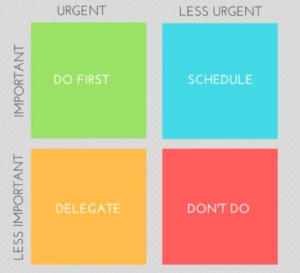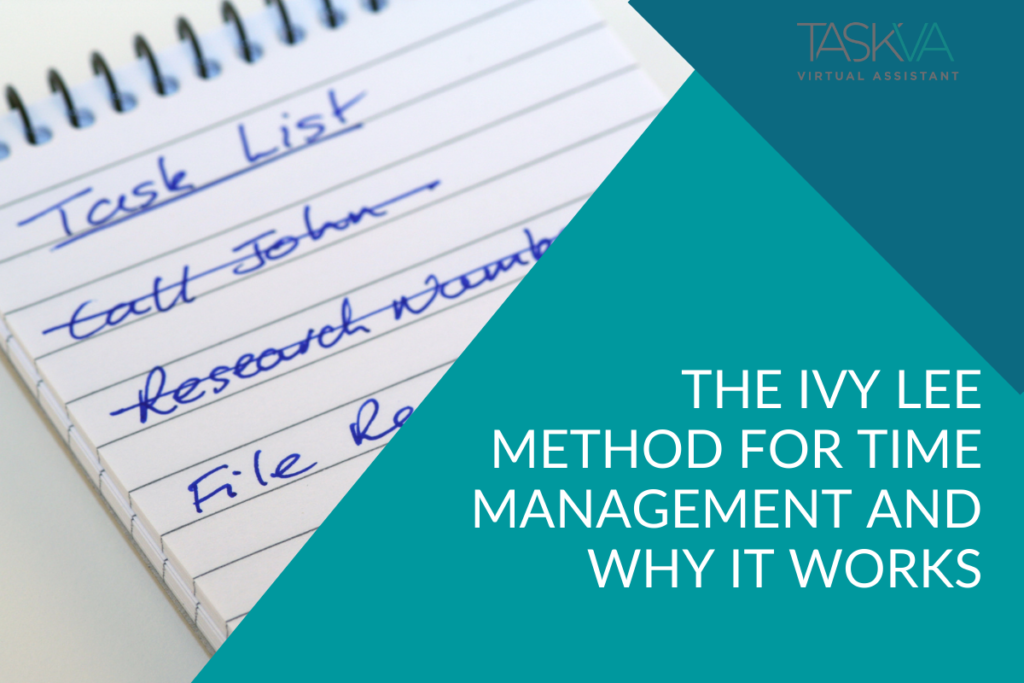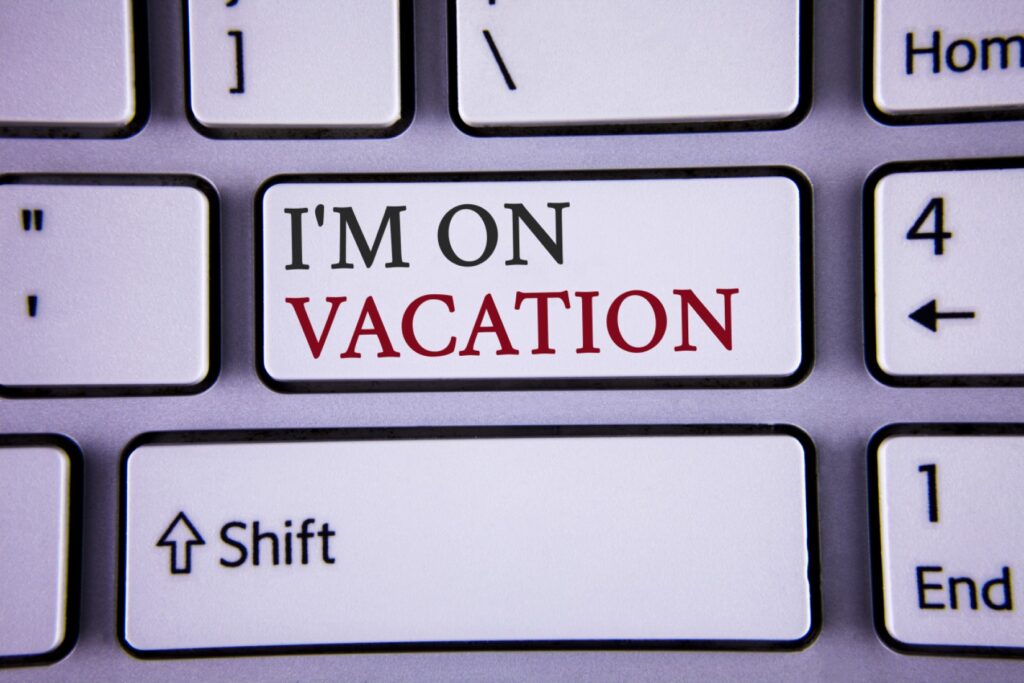8 Tips To Keep The Vacation Mood Going

8 Tips To Keep The Vacation Mood Going

After a relaxing summer vacation, when it's time to get back into the swing of office life, it can be hard to get motivated. The days of fun in the sun seem long gone. My sister and I took a cruise a few years back and let me tell you, I could certainly become accustomed to that lifestyle. If I was hungry, food was there. If I wanted a drink, it magically appeared. We even got our beds turned down, and our towels turned into the cutest animals. Going back to the office wasn't an easy task. I remember trying to come up with one good reason why I should get off that ship! So, whether this summer found you enjoying the royal life, being waited on hand and foot, or family fun and relaxation, just because the vacation is over doesn't mean you can't continue to enjoy your life.
Follow these eight tips to ease back into the work week and keep that vacay feeling going for as long as possible:
Tip #1: Plan your time off
Just because you're back to work doesn't mean that you need to make your life all about work. You should still have plenty of free time that you can plan out and enjoy to the fullest. Plan a fun evening for yourself or your family. You can even plan for a weekend trip somewhere in the near future. Block out your time off on your calendar. And remember, make it a no-work zone – that means no cell phone or email checking!
Tip #2: Take it one day at a time
Sometimes, coming back to work can be overwhelming because there's so much to do. Your mind may race through all the things you'll need to accomplish over the next few weeks. That'll make your thoughts unbearable and you'll long for the vacation that just ended. Instead, focus on one day at a time or even one moment at a time. Your work will get done, no matter how overwhelming it seems. And there will still be time for fun, too.
Tip #3: Organize your life on the first day back
When you first get back to work, spend a day "spring cleaning." If you have a desk job, organize your computer files as well as your desk. Sort through your email and answer only the most important and urgent on your first day back. This can help you feel a sense of accomplishment, while also clearing the clutter.
Tip #4: Do a few half days if you can afford it
If you have a staff, you may be able to do a couple of half days to transition yourself back to work. This way, you can start slowly while getting back into the work mentality, and you'll have portions of your day that you can plan for yourself and your family.
Tip #5: Start planning your next trip early
Even if your next trip is far into the future, you can still dream about what it'll be like. There are many benefits to planning early. When you book a trip early, you can take advantage of early bird discounts. Those who know what they want early will be there to grab the best deals.
Tip #6: Go somewhere special for lunch
On your first day back, plan a special lunch for yourself. You don't have to delve immediately into the usual routine. Pack a special lunch or treat yourself to a meal at a restaurant you love.
Tip #7: Make a vacation scrapbook in your free time
Remember the good times you had on vacation by using your free time to make a scrapbook or write a memoir about your experiences. You can do this after work or on weekends. It's a great way to keep your vacation going in your mind.
Tip #8: Focus on what you love about what you do
If transitioning back to work is turning out to be more difficult than you thought it would be, it might be because you're focusing on the negative aspects of your job. Remember your “why.” Try to focus on the positive and on what you love most about what you do.
Vacation time will be here again before you know it. Learn to enjoy your life no matter what time of year it is. Make the most of each moment by seeking ways to sprinkle that vacation mentality into every ordinary day.
8 Tips To Keep The Vacation Mood Going Read More »







 Remain calm and reassuring throughout your ongoing dialogue with clients.
Remain calm and reassuring throughout your ongoing dialogue with clients. The value you provide to them.
The value you provide to them.













 )
)






